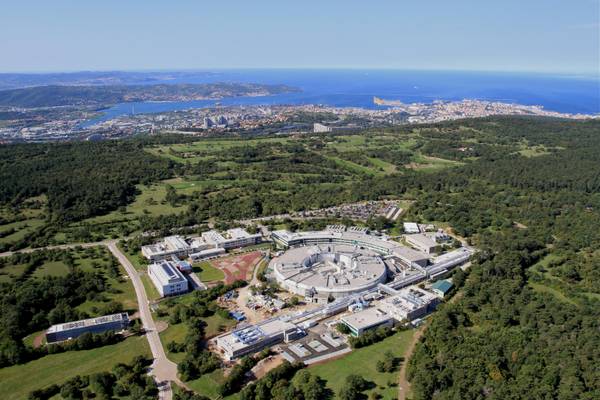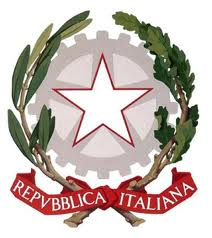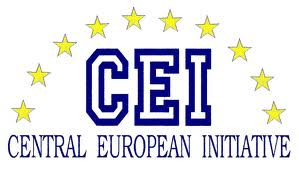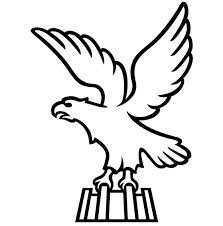(ANSA) - TRIESTE - Exceptionally powerful microscopes able to
facilitate innovation in most varied sectors (from the
development of memory supports for computers and cellphones, to
alternative energy and cancer treatment), were the main topic of
the workshop held in Trieste, organized within the Eu-financed
Central European Network for knowledge based on Innovative Light
Sources (Cenils). Representatives of companies, universities and
research centres from Central Europe attended the event.
Financed within the European Programme Central Europe
2007-2013, Cenils aims at bringing together scientific and
business communities, in order to exploit the opportunities for
innovation offered by innovative light sources (Ils), in sectors
including biology, medicine, nanotechnology, environment
preservation and textile industry, with the final goal of
advancing local innovation in the Central European region.
The project started in September of 2012 and will last until
the end of 2014, but the aim is to create a permanent regional
network in the near future.
"The idea is to replicate Cenils on a wider scale, including
more partners, and, ideally, comprising the entire Central
Europe region, while concentrating even more on industry and
training, and possibly including not only university students
but also secondary schools", the leader of the Cenils project,
Giovanni De Ninno, said for Ansa New Europe.
At the moment, Cenils is composed of five partners from five
Central European countries (Italy, Slovenia, Poland, Czech
Republic and Hungary), lead by the multidisciplinary research
centre Elettra Sincrotrone from Trieste. Two universities
(University of Nova Gorica, Slovenia and Jagiellonian
University, Poland), one public foundation for industrial
development (Ifka, Hungary) and one private institute which
gathers experts of regional development (Era, Czech Republic)
are also part of the Network.
In the first phase of the project, a "mapping" of Central
Europe was made in order to pinpoint the possible Ils and
subjects that could be engaged on various levels, including the
scientific sector(universities, laboratories), companies and
policy makers at the European level.
"There are many difficulties in Central Europe, but there are
also numerous laboratories, a number of actively involved
enterprises, and a plethora of universities, students and
professors ready to work with us", De Ninno pointed out, adding
that the region "is growing very rapidly and very well", and
that, for certain aspects, it is easier to operate in Central
Europe than in some other, more developed, contexts.
During the second part of the project, a selected group of
relevant actors from Central Europe will participate in two
practical experiments - the first, taking place at Elettra
Sincrotrone, will deal with the characterization of Ils, while
the second, to be held at the University of Nova Gorica, will
deal with the analysis of solar cells. (ANSA).
© Copyright ANSA - All rights reserved














